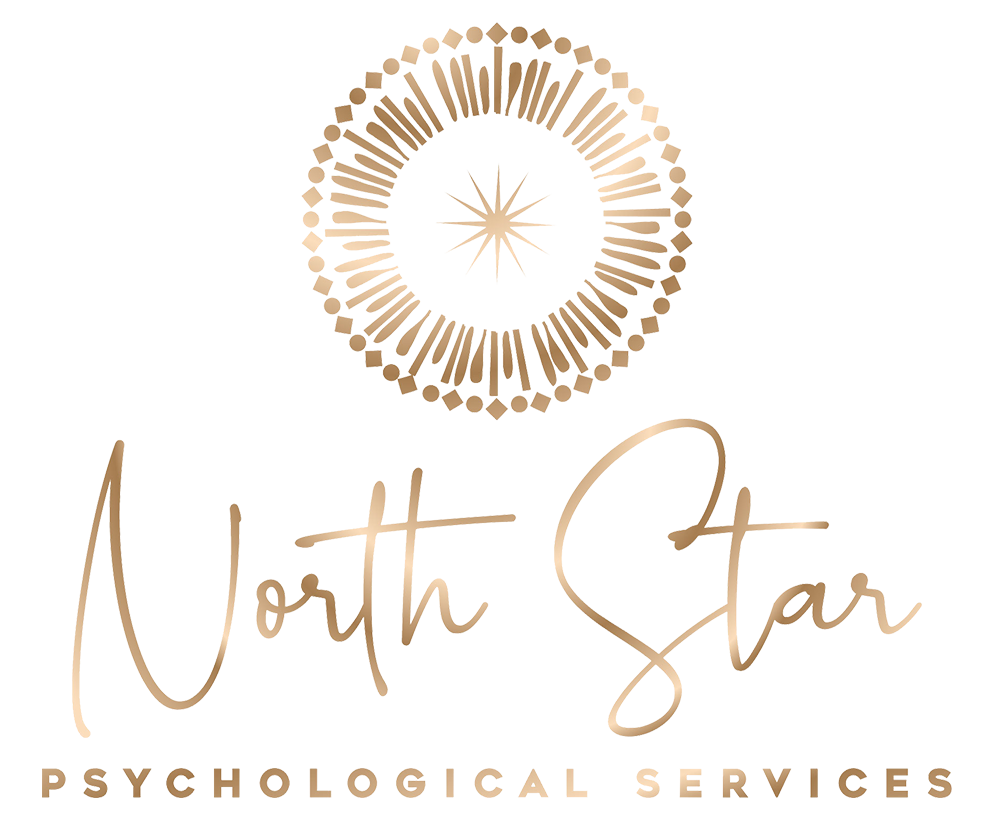What is Dance and Movement Therapy?
Many of us have experienced a “therapeutic” dance or movement session. Perhaps you experienced a morning run as cathartic, or were able to dance your heartbreak away with your friends.
Dance and movement therapy takes this therapeutic nature of movement one step further. This effective intervention uses the power of dance and movement to help you heal from mental health difficulties like depression and anxiety. Read on to learn more.
What Is Dance Therapy (DMT)?
Dance and movement therapy, also called just dance therapy or DMT, is a type of psychotherapy that uses dance and movement to help people with physical and mental illness (and other struggles). Although it’s only been recognized as a field unto itself since the 1940s, movement (like yoga) has been used for emotional and spiritual healing for millennia.
Research now proves that the mind and the body are intertwined. What goes on in the mind undoubtedly affects the body: for example, when you feel nervous, you might get a stomachache. What goes on in the mind affects the body as well. This is why dance therapy can be so effective.
Dance therapy can help you connect to experiences, memories, and emotions that you might not be able to access otherwise.
Principles of Dance Therapy
Dance therapy can be very structured, open-ended, or anything in between, depending on the therapist’s style and your needs as a client. Sessions usually combine some type of talk therapy and movement. For example, you may engage in a guided dance or movement activity, then process with your therapist the thoughts and feelings that came up for you.
Some of the main principles and goals of dance therapy include:
Through therapeutic guided movement, you can become more connected to your physical self and where you hold feelings and experiences in your body.
Some people find it easier to express emotions or experiences through movement than through words. Nonverbal language is just as important as verbal expression. Long before we develop verbal communication skills, we learn to communicate non-verbally. Dance therapy provides an avenue for you to connect with thoughts and emotions that you might have a hard time expressing otherwise.
Many experiences, especially traumatic ones, live in our bodies. This means that it may take more than just verbal processing to fully heal from them. Dance therapy can provide that connection for healing.
Mirroring, a DMT technique in which your dance therapist “mirrors” your movement, can be a way to build empathy and strengthen the therapeutic relationship.
Who Does Dance Therapy Help?
Dance therapy has been used to help people with a wide range of mental and physical health struggles. In the mental health realm, dance therapy can be used for people who live with:
Anxiety
Depression
Eating disorders
Dementia
Low self-esteem
Post-traumatic stress disorder (PTSD)
But you don’t have to have any of these diagnoses to benefit from dance therapy. This therapy might be a good fit for anyone who’s looking to become more self-aware, or has a hard time finding a deep connection within themselves.
What Is the Difference Between Dance Therapy and Just Dancing?
You might think: Why do I need to work with a licensed dance therapist? If movement is so powerful, can’t I just dance around in my living room and reap the same benefits?
Unfortunately, no — just dancing, even in ways that feel therapeutic, is not the same as dance therapy. The field of dance and movement therapy was developed specifically to help people to use dance as a form of self-expression, connection, and healing. To put it simply, dancing is moving simply for the pleasure of it. Dance therapy is moving to process specific emotions and experiences.
On top of that, dance and movement therapy can bring up difficult emotions and painful memories that are best processed with a licensed therapist. It can sometimes be overwhelming to experience these things on your own.
You also don’t need to be a dancer to benefit from DMT. Movements that are used in DMT sessions range from dance steps to simple stretches. In a DMT session, a licensed therapist will help you to use movement in a way that helps you heal from any psychological or emotional difficulties you might be facing. In some ways, it’s not about dancing at all.
Is Dance Therapy Effective?
You might be wondering: But is dance therapy effective? Can I really just dance my problems away?
Firstly, DMT is a lot more complex than dancing your problems away. When led by a qualified therapist, it combines guided movements with psychotherapy interventions. It’s often the combination of the two that makes it so healing for people.
Although we definitely need more research on dance therapy, the results of studies that have been conducted so far are promising.
One meta-analysis found that dance therapy is effective for adults with depression and anxiety.
The same review found that dance therapy helps adults with depression and anxiety improve their interpersonal skills and quality of life.
Dance therapy was found to improve body image and self-esteem in people with eating disorders.
One study found that a dance therapy violence prevention program was effective in reducing aggression among participants.
Dance therapy was found to help patients with late-stage dementia improve their memory recall.
Whether or not dance therapy is the right treatment for you is a decision that only you and your therapist can make. But it may be worth a try, especially if you have a hard time expressing yourself through verbal language.
Dance and Movement Therapy in Washington, D.C.
Trauma expert, Dr. Bessel van der Kolk, famously said, “The body keeps the score.” In other words, the body doesn’t forget the things we’ve experienced, even when our conscious mind does. Dance and movement therapy can help us to connect with, and heal from, these parts of ourselves. It’s a holistic therapy that promotes healing in every aspect.

